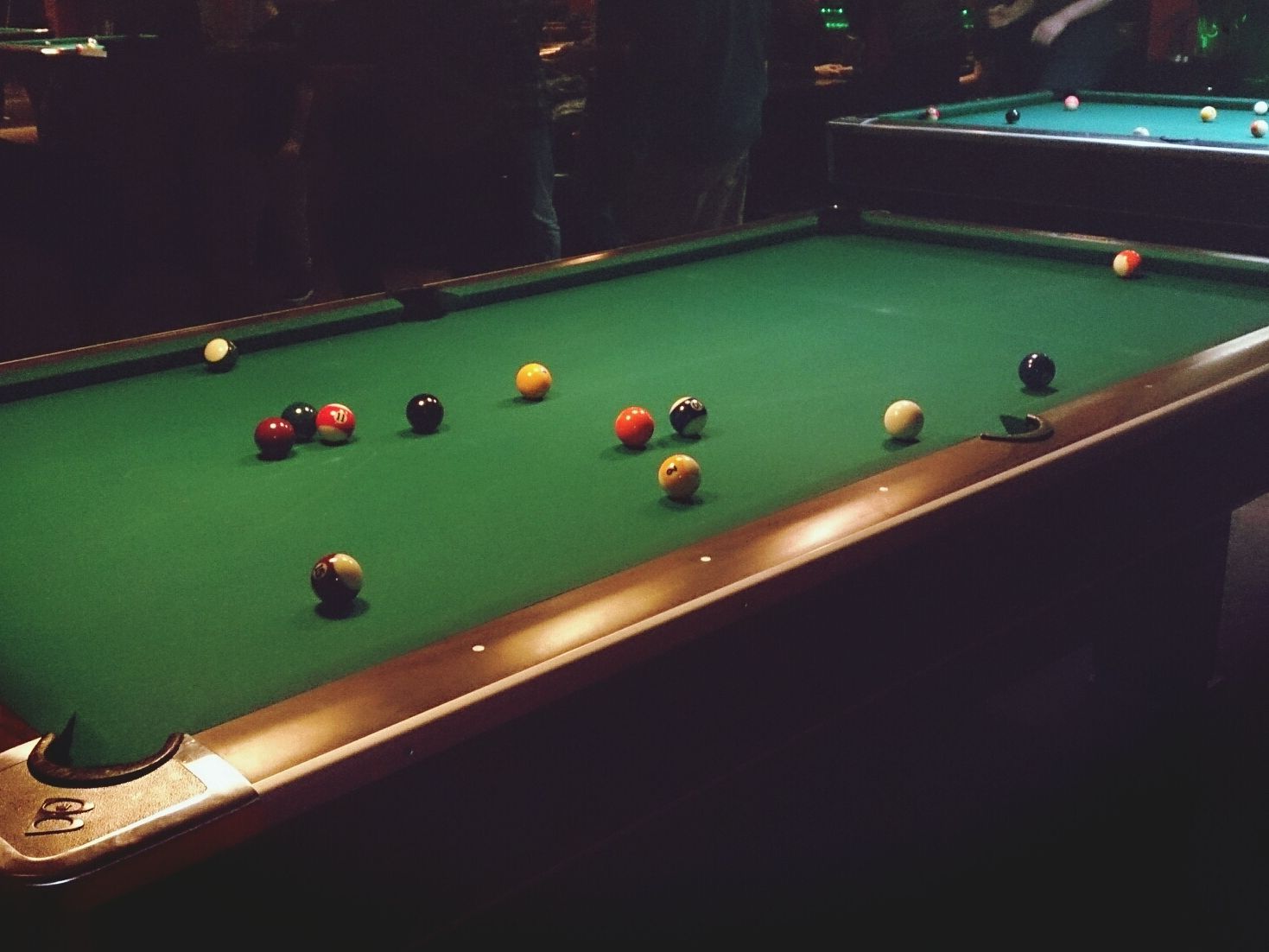Billiards Tables Can Be Used For a Variety of Sports
If you’re looking for a table to play billiards on, you have a few choices. Whether you’re looking for a traditional design or something a little more radical, you’ll find it in our selection of billiard tables. These tables allow you to design around the playing area, channeling the golden age of billiards. You can find them in a variety of styles, including those with leather pockets.
Until the early 20th century, poolrooms were largely for men, and women had difficulty gaining acceptance. Today, women have become avid players of poolroom games. In fact, women have been playing poolroom games since at least the 15th century. Many fashion-conscious women have been playing the sport for more than 200 years. This article describes some of the different types of billiard tables and provides an overview of their components.
In the sixteenth century, billiards became popular in France and England. During this time, the proportion of length to width increased to 2:1. During this time, the rails were padded with tightly rolled cloth, producing predictable rebound. In addition, billiard tables began to evolve in response to the Industrial Revolution. Some improvements included chalk on the end of cue sticks to increase friction. Later, leather cue tips and diamond-shaped sights were developed. In addition, the playing surfaces of billiard tables were often made of wood, which warped over time. In the late 19th century, vulcanized rubber was used to cushion the rails.
Another difference between a billiard table and a pool table is the rail cushion profile. American pool tables typically use the K-66 profile. A K-66 profile has a base measurement of 1+3/16 inches (30 mm) and a nose height of 1 inch (25 mm). The distance from the rail cushion to the slate surface of the table is about one-seventeenth of an inch. Snooker tables generally use an L-shaped profile.
Billiards tables can be used for a variety of sports. Snooker, for example, uses a table with twenty-one balls. Unlike billiards, snooker can also be played with a single ball. One billiard table has a snooker surface, but is smaller than a five-by-10-foot table. Regardless of the style, it’s important to consider how many balls you want to keep.
Major table manufacturers use computer-controlled equipment to cut the wood components of the table. Once cut, these pieces are assembled and checked by hand before shipment. Some manufacturers employ installers to reassemble the pieces at the purchaser’s location. This process is vital for the quality of the table. The installation process is equally important. If the table is not properly installed, you might end up with a substandard billiard table. So it’s important to make sure that you choose a reputable manufacturer.
When billiards first arrived indoors, players used wooden sticks called maces to hit the balls. These were the precursors to the modern cue stick. Maces had a head that was awkward to hold near rails, so players would turn the mace handle around to strike the ball. This was called the queue, and it is from this origin that the word “cue” is derived. And the tabletop game has evolved from its humble beginnings.

